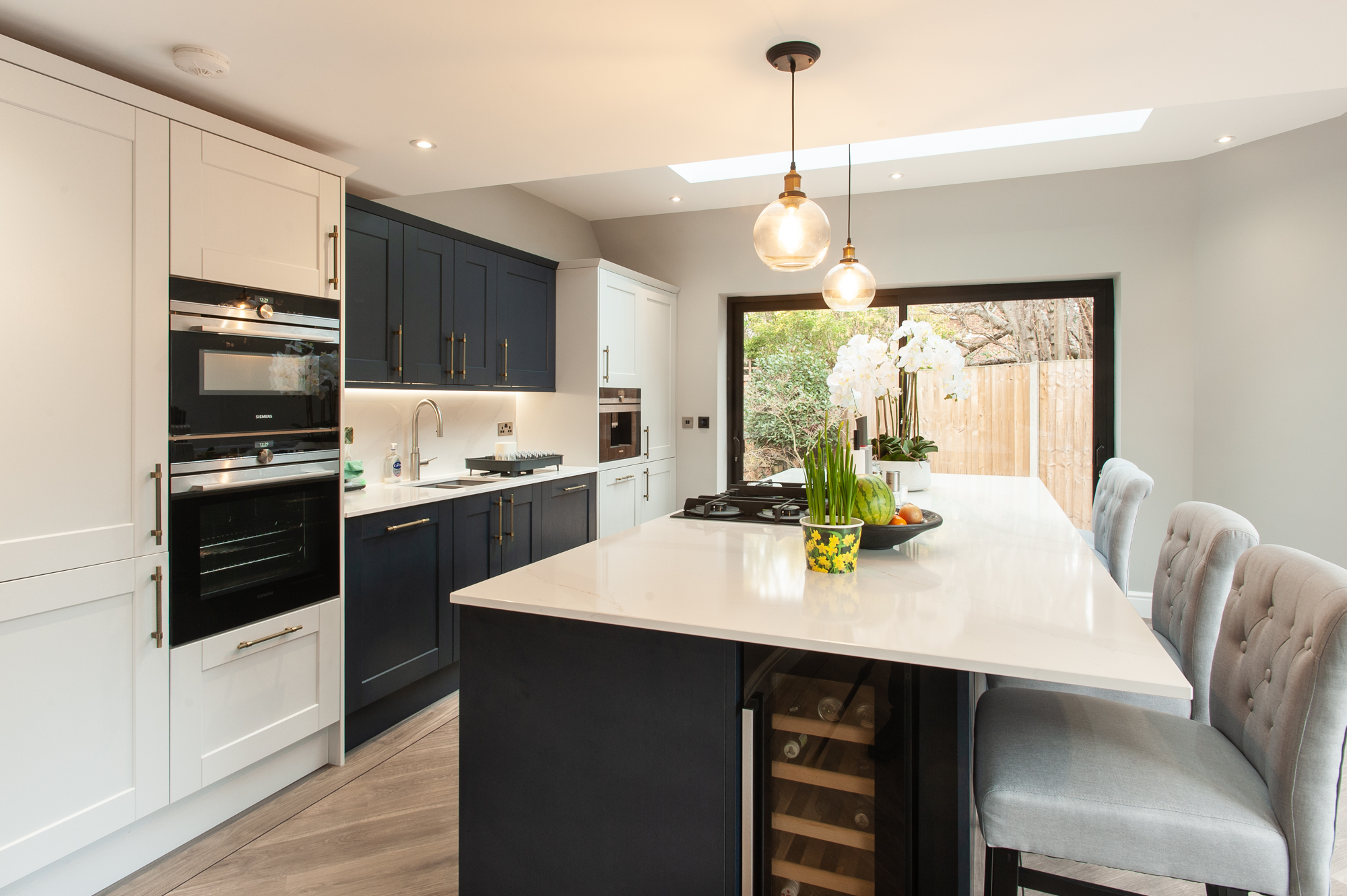Chances are it is!
A majority of British homes have loft spaces that are suitable for conversion. There is no better joy in home renovation than to find extra space hidden away in your loft. It is a far simpler and cheaper way to the more conventional or infill extension on the lower floor. It is the perfect solution to accommodate your growing family in your London home, where property prices are high. Four out of ten homes across London boroughs have adopted the loft conversion solutions. If you have a Victorian or 1930s home, this is the ideal option to retain the architectural character of your home while improving and modernising it within. According to research by Nationwide, adding an extra bedroom or bathroom increases the value of your property considerably.
So, let’s get down to the basics. Is it suitable for your home?
Each loft space is made differently, with rafters and roof above, to floors and stairways below. The only way to know for certain is to ask a conversion specialist. The initial survey is usually free, and it can determine whether your loft has what it takes for conversion. So, make use of this free service.
Let’s start by looking at your roof.
Traditional Frame
Also called cut rafters or cut roof, it is the preferred type of roof structure for conversion. If your home predates the 1960s, it probably has this roof type, as it was a popular design at the time. The rafters form an ‘M’ shape, meeting the floor of your loft at its centre. If this is the case, the critical measurement is 2.2m of usable space. Remember, the higher the angle of the pitch, the higher the central head height.
Trussed Frame
Typically found in houses built after the 1960s, the ‘fink’ trusses form a ‘W’ shape that meets the rooftop at its highest point. This type of roof needs a minimum height of 2.4m usable space.
Not to worry, if this is not the case, it is always possible to raise the roof or lower the ceiling below.
Access and stairs
For a loft to provide actual accommodation as a room or function as a bathroom, a staircase is vital. It has to be a standard staircase, not a pull-up or a temporary ladder. The staircase must have the following features:
The number of maximum stairs in a straight line = 16
Maximum step rise = 220mm
Maximum height above pitch line = 2m
Ceiling Joints
There should be sufficient space for the new ceiling joint spacers to prevent the new floor joist deflection from touching ceiling plaster below. The new floor joists should offer fire protection of at least 30mins.
Loft Insulation
There are two methods of insulation:
Cold roof method – this method uses slab foam to fill up spaces between rafters
Warm roof method – insulation happens over the rafters with cover cap, tile battens, and tiles
Loft Windows
Window design must comply with safety standards, which means they need to be large enough and low enough to escape in the event of a fire. If this is not achievable, a stair enclosure is essential.
Planning Permission
Conversions of this type generally fall under Permitted Development Rights, for which you don’t need permission. However, you will need permission if your property is;
A listed building
Lies within a conservation area
Extends beyond PD area
If your property is semi-detached or terraced and share walls, floors, and ceilings with a neighbouring property, you must obtain a Party Wall Requirement approved by those neighbours.
If your loft meets these requirements, don’t hesitate to transform it into the most stylish bedroom or the plushest-looking bathroom. Good Design & Build offers two separate contracts and full project management for your loft conversion, simplifying the whole process.




